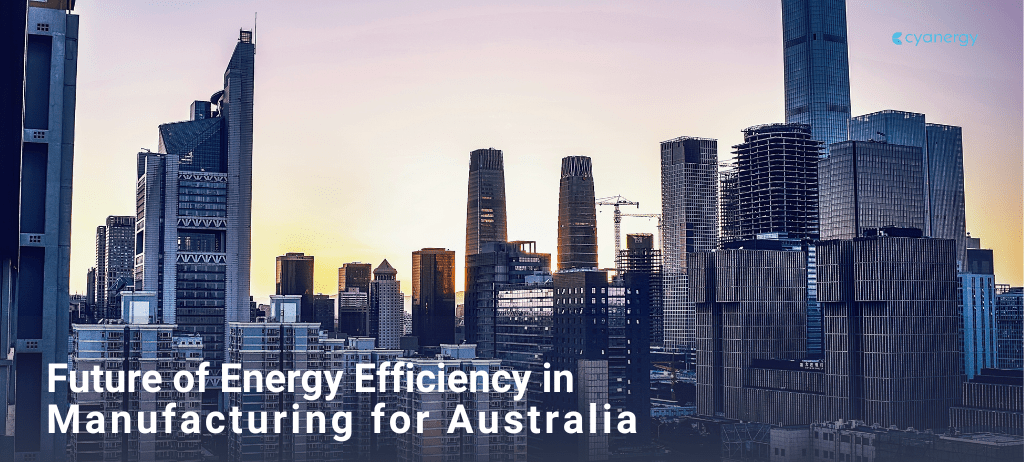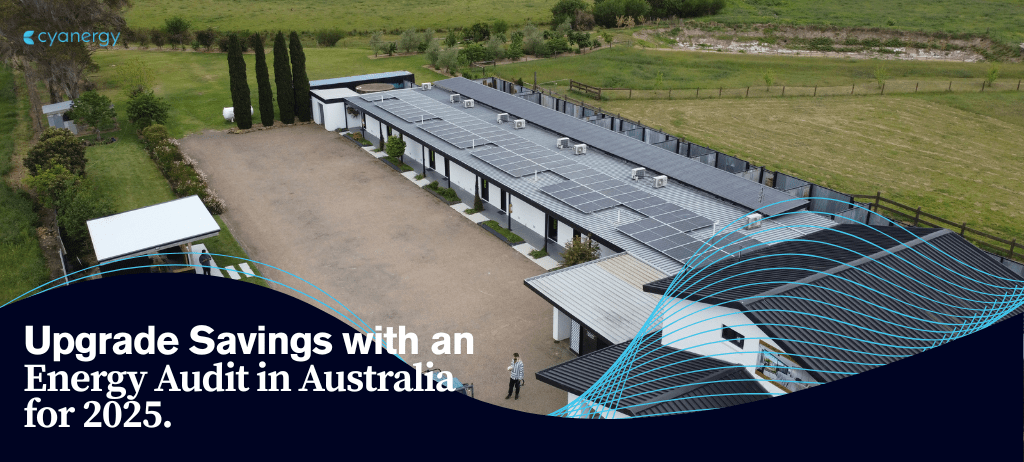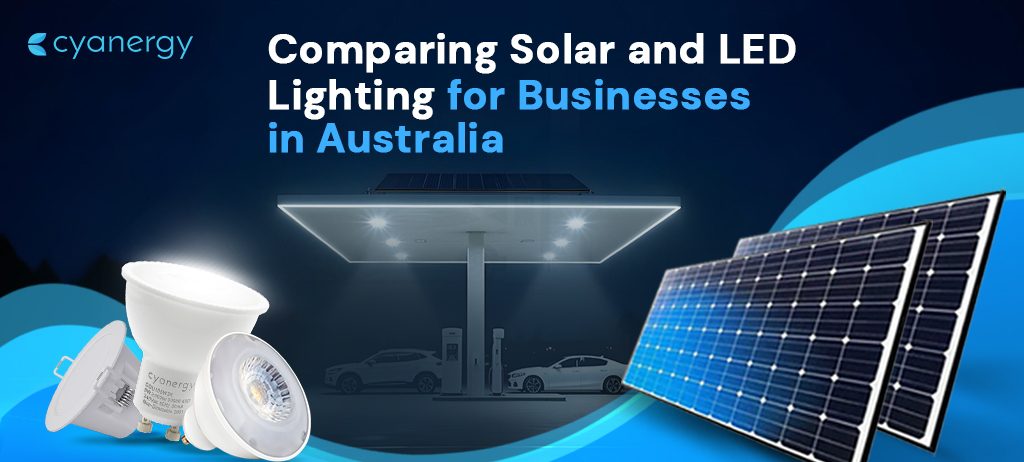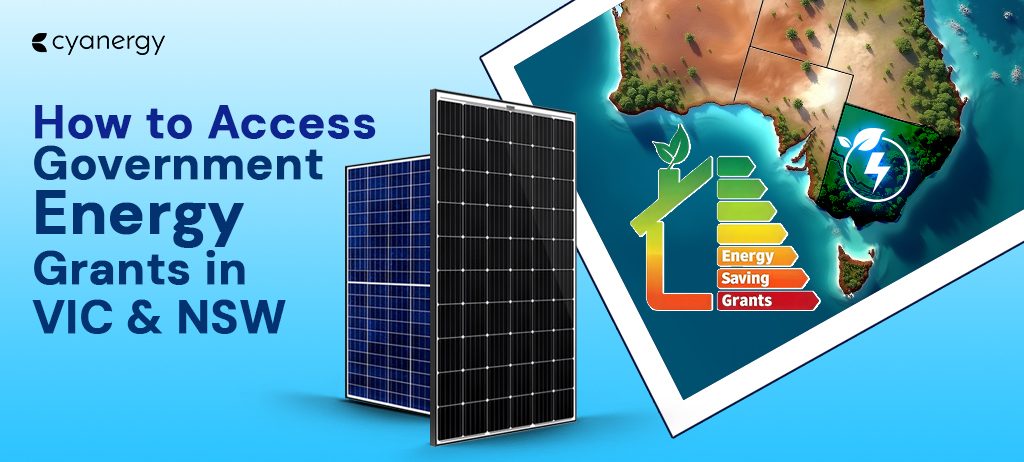Australia’s solar system is one of the most established and well-known solar panel systems around the world. Australia’s various government schemes, as well as incentives, have made the solar system installation looks more promising and enticing. Feed-in-Tariff is one of such example to lure people to install these systems at their property not only to benefit from its blessed electrical power for self-consumption but also to get the turnover from the investment they have made in installing it excepting the main power supply.
In the past, the rate of this buyback rate was higher but over the years in accordance with the declination of the main electricity rate, the rate has decreased too, and that too to a greater extent. Government paying for the buyback rates in the early years has also shut down too. With the grace of the retailers, most of the retailers across Australia are still providing FiTs to their clients.
However, the rates vary from one state to another and so are for the retailers. In some states, it is compulsory for a retailer to pay FiT to its users (Victorian Feed-in-tariff), whereas, in some states, it is up to the retailers whether or not they wish to voluntarily pay for the buyback rates (solar feed-in-tariff NSW).
However, a glimmer of hope was that the price of the main electricity had started to go up after 2017, and the demand for the usage of solar energy, as well as the price of the FiT, had started to go up as well. This trend now is yet to decrease, and the price of the FiT is about to decrease by a sheer amount too. Let me show you the examples of how the state’s pricing rates for the FiTs differ from one another, and how so many of these retailers pay different rates to their customers.
| State Name | The Law of the State | Minimum Imposed (single rate) Feed-In-Tariff | Minimum to maximum Retailers Pay |
|---|---|---|---|
| Victoria (VIC) | Government has mandated two types of FiTs for the Victorians to choose the suitable one. For example, 1) Single feed-in-tariff (flat value), 2) Time-varying tariff. | 12c | 12c |
| New South Wales (NSW) | No fixed rate is mandatory. The rate depends on how much different retailers want to pay | 10.5c | 7-21c |
| Southeastern QLD (Energex) 8.424c (Excl GST) | Southeastern QLD 6-19c | ||
| South Australia (SA) | No obligatory minimum rate is fixed by the Essential Service Commission. | 11.5c | 6-22c |
| Western Australia (WA) | Various programs available for both south-west region and regional region of WA. For south-west, Synergy fixes the rate, whereas Horizon power does set the price rate for regional regions in WA. | Perth & South-west region-based retailer (Synergy) 7.1c | 7.1c (Synergy) |
| Regional area-based retailer (Horizon Power) 7.14-51c | 7.14-51c (Horizon) | ||
| Australian Capital Territory (ACT) | No obligatory minimum rate is fixed by the Essential Service Commission. | 10.5c | 6-23c |
– Single (Flat) rates of Feed-In-Tariff.
| Time-Varying Rates of Victoria (VIC) | 2018-19 | 2019-20 | 2020-21 |
|---|---|---|---|
| Peak (3pm-9pm Weekdays) | 29.0c | 14.6c | 12.5c |
| Shoulder (7am-3pm, 9pm-10pm in Weekdays), (7am-10pm in Weekends) | 10.3c | 11.6c | 9.8c |
| Off Peak (10pm-7am everyday) | 7.1c | 9.9c | 9.1c |
– Time-varying rates of Feed-In-Tariff in VIC.
| Time-Varying Rates of Queensland (QLD) | 2017-18 | 2018-19 | 2019-20 |
|---|---|---|---|
| Peak (3pm-7pm) | 13.730c | 13.606c | 10.368c |
| Off Peak (The remaining hours of the day) | 5.796c | 7.358c | 5.701c |
– Time-varying rates of Feed-In-Tariff in QLD.
Simple explanation of the tables
Victorian government has put a limitation on a minimum feed-in-tariff rate by introducing two types of FiT incentives. The first one is the single rate FiT or the flat rate FiT, which is 12c/kWh. This is the most common type that most Victorians use. Currently, there are nearly 30 retailers to offer you FiTs on a varying amount. However, if you wish to stick to the time-varying rate, then you can switch to that, depending on how good the intensity of the sunlight in your particular region is. From the 1st of July 2020, each retailer must have to offer one of the above types of FiT as a part of solar feed-in-tariff VIC.
There are three time zones for the time-varying FiT which are
i) Off-Peak,
ii) Shoulder and
iii) Peak. From 2018 to 2020 for both Victoria and Queensland, it is clearly evident that the price for the time-varying FiTs for each of the time zone has gone down to a greater extent, especially in the present year.
i) Off-Peak,
ii) Shoulder and
iii) Peak. From 2018 to 2020 for both Victoria and Queensland, it is clearly evident that the price for the time-varying FiTs for each of the time zone has gone down to a greater extent, especially in the present year.
For solar feed-in-tariff NSW, IPART (Independent Pricing and Regulatory Tribunal) sets a threshold rate for the FiTs every year, and this year the rate has been fixed to 10.5c/kWh. However, the retailers won’t have to take this rate for granted as the retailer can wish to pay any amount they can as long as the benefits of the customers through this rate is established. Although the Essential Services Commission does not necessarily decide the minimum rate of FiTs, they can interfere to monitor the rate of the FiTs set by the retailers to see how much they positively impact the users. There are nearly 40 retailers in NSW to provide you FiTs between 7 to 21c with AGL accounts for paying the highest amount of 21c.
There are two regions in Queensland which have two different FiT rules. Firstly, Southeastern-based retailers can pay any amount they can the same as NSW, and the current rate provided by the Energex retailer is 11.5c/kWh (other retailers can pay between 6c and 19c). Secondly, a regional QLD-based retailer (Ergon) has to follow the minimum tariff set by the regulator, which is 7.842c. However, the time-varying FiT in QLD is divided into two time zones which are peak and off-peak. The number of the peak hours is less compared with VIC, and the rate for both peak and off-peak hours have gone down by a tad amount since 2018.
For SA, there is no minimum fixed FiT rate. The Essential Services Commission does not necessarily decide the minimum rate of FiTs, but they can interfere to monitor the rate of the FiTs set by the retailers to see how much they positively impact the users. Currently, the minimum rate is 11.5c/kWh, but the retailers can pay between 6c to 22c. The same rule is applicable to ACT with a minimum pay rate of 10c/kWh, and the retailers can pay between 6c to 23c.
People residing in Perth and the south-west region of WA have access to Synergy network, which pays them 7.1c/kWh FiT rates. This rate seems trivial compared with other regions in WA, yet it offsets this minimum rate with the abundance of sunshine hours. On the contrary, the Horizon network provides between 7.14c to 51c in various locations in the regional areas of WA. Remember, those who applied for the rooftop solar between 1 July 2010 and 30 June 2011 can receive 40c FiT for 10 years regardless of where they live in WA. Anyone applying in July 2011 can also receive 20c FiT for 10 years.
Will time-varying Feed-In-Tariff be cost-effective?
There are three time zones for the time-varying FiT which are i) Off-Peak, ii) Shoulder and iii) Peak. Peak hours refer to a time when the usage of the electricity increases, especially from 3 pm in the afternoon. Therefore, you will receive the best rate of FiTs at this time. Off-Peak refers to a time from midnight to early morning when much of the electricity will be of less use. As a result, you will receive the least amount of price for FiTs at this time. The rest of the time will be allocated for the shoulder period for which you will receive an average amount of FiTs. You will end up exporting more of your surplus energy during the off-peak and shoulder period.
However, you can maximize your exporting capacity during the peak period if you manage to get battery storage for which you have to spend an awful amount of money but exporting that massive amount of surplus energy will pay off. During the peak period, you can self-consume your own generated energy, and if there is any surplus energy left stored from the off-peak and shoulder period, then it can be used to export it to the grid during the peak period for which you can get a decent value for the FiTs. Therefore, the subject of saving the cost, using time-varying FiTs depends on the management of your regular usage.
Export Limit state-wise and distributor wise
Best solar feed-in-tariff relies on how much surplus energy you can export to the grid and what the size of your solar panels is. When you will invest in a rooftop solar energy for your property, you will always want to see the ROI (Return on investment). Therefore, using the solar system, which is installable on your roof, as well as affordable and permissible, should be used. For example, a 6.6kW solar system is the most common installation system, which is cheaper and permissible by law.
This unique size of the solar system will bring you the money that you invested, in the long run, and hence, you will benefit. However, in some cases, you need to go with the smaller sizes, such as 2kW or 3kW due to an unshaded roof of your property or less budget allocated for the installation.
Firstly, you need to know the difference between an electric distribution network and a retailer. An electric distribution network ensures the swift and smooth transportation of your electric energy by owning and maintaining the electric poles, powerlines, pipes, and meters. Energy generated by the generators is carried through the generator-transformer followed by the transmission lines with a high voltage. This energy is then converted into a low voltage by the distribution transformer and sent to the distribution lines, which then supplies it to your homes or offices.

A retailer works differently than the distributors. Although we pay the retailers for the electricity bill, the retailers tend to buy electricity from the generators and sell it to the customers at a higher price. To receive the electricity from the generators, the retailers have to depend on the distribution networks to transport and process this electric power. For this, the retailers collect the bill from us to pay the distribution networks. In Australia, apart from the retailers, there are some unique distribution networks which sell electricity to the customers, especially in the regional Queensland and Western Australia.
In order to receive the FiTs, you have to send back excess electric power to the grid. This is opposite to the flow of the electricity from the generators to the distribution lines. To achieve this, systems need to adapt to the complex technological systems. It is quite expensive, as well as difficult to achieve it, since there are lots of connections sending the power back to the grid at the same time. As a result, different states, as well as different electric distribution networks, abide by their unique size limits of the exported energy.
As a general rule and as per the new AS/NSZ 4777 standard, most of the distribution networks will confine their exported sizes to the following:
- Single-phase connection (most homes): Up to 5kW or sometimes termed as 5kVA.
- Three-phase connection (some homes, businesses or commercial properties): Up to 30kW or 30kVA.
However, it doesn’t mean that the size of the exported electric power will have to be obeyed sternly. Some networks can allow you to go beyond the above limitations but require paperwork to get approval from the electricity distribution networks. It is obvious to stick to 5kW for a single-phase connection or maximum 10kW if the network allows you to, but some networks can allow you to have bigger sizes than the mandated requirements. It involves you to undergo bottlenecks, as well as spending a large amount of money, to get the approval.
It is always a best practice to get a pre-approval from the distribution networks within your region. If you install a bigger system against the mandated size, then you are bound to miss the FiTs, and that will, in turn, cause a huge loss in terms of ROI. For instance, in Victoria, for a single-phase transformer, the maximum size inverter you need is 5kW whereas, for a three-phase network transformer, you need an inverter of a size of 30kW with 10kW per phase.
What it means is that for a residential property, you can export up to 5kW with a single-phase or 15kW with a three-phase meter, whereas for a commercial property, you can export up to 30kW with a three-phase meter. Anything beyond that, you need a pre-approval, as well as the fees may apply. However, there is no fee applicable if the PV solar system is less than 30kW in a three-phase meter. Therefore, do follow the following steps:
- Find out how much energy you need for your property and how much the export limit is in your area.
- Try to get a solar quote from your respective distributors who can speculate what the best installation options will be you can go with.
- Make sure that your solar system is registered through AEMO to be eligible for the FiTs.
- Get the service from the Clean Energy Council approved retailers or distributors, as well as the accredited installers.
In Victoria, there are four major acclaimed electricity distribution networks, which are CitiPower/PowerCore, Jamena, Ausnet, and United Energy. Remember that, pre-approval expires after 3 months (90 days), and you or your accredited installer may apply for the pre-approval. For CitiPower/PowerCore, you can log in to the following address to get the pre-approval. For other distribution networks, they have their unique sites to get you approved for your exported rate of FiTs.
| State Name | State Wise Exported Limit | Distributor Wise Exported Limit |
|---|---|---|
| VIC | Up to 100kW | For CitiPower, you can install a 5kW solar panel in a single-phase meter. Although, the maximum inverter size will be 5kW for a single-phase transformer, the size of the inverter can be either 5 or smaller than 5kW depending on the size of the transformer. The export limit depends on case to case basis, especially when the battery inverter is included within the total inverter limit. |
| In a three-phase meter, you can install a 30kW solar panels with 10kW in each phase. You may need smaller than 5kW inverter even for a three-phase transformer. In this case, the export limit depends on case to case basis. However, the larger size inverter can be considered in exchange for fees for a three-phase transformer. | ||
| For Jamena, you can install a 10kW solar panel in a single-phase meter, which requires an inverter of 10kW highest. In this system, you can export 5kW highest. | ||
| For a three-phase meter, you need an inverter of 30kW with 10kW per phase. You can export 15kW maximum. Battery inverters are counted towards the total allowable capacity. | ||
| For AusNet, 10kW inverter size with an export limit of 5kW highest for a single-phase meter. | ||
| For a three-phase meter, 30kW inverter limit with an export limit of 15kW. | ||
| For United Energy, the inverter limit is 10kW along with an export limit of 10kW for a single-phase meter. | ||
| For a three-phase meter, the inverter limit is 30kW, and the export limit is 30kW. Battery inverters are not taken into measure for the total inverter limit. | ||
| NSW | 5kW for single-phase | For Essential Energy, your application for the solar system will be automatically approved as long as your inverter is ≤ 3kW for rural and ≤ 5kW for the urban areas, provided that you fulfilled the rest of the criteria. |
| 30kW for three-phase | For single-phase, inverter limit is 5kW and export limit is 5kW. For three-phase, inverter limit is 15kW and export limit is 15kW. The total inverter capacity includes the battery inverter. | |
| For Endeavour Energy, inverter limit is 5kW and export limit is 5kW whereas, for the three-phase meter, inverter limit is 30kW, and export limit is 30kW. Battery inverter is not counted. | ||
| For Ausgrid, inverter limit is 10kW and export limit is 10kW for single-phase whereas, inverter limit is 30kW and export limit is 30kW for three-phase meter. Battery inverters can surpass the total inverter capacity limit. | ||
| QLD | 5kW for single-phase(Energex network) | For Energex, inverter limit for single-phase is 5kW along with an export limit of 5kW whereas, for three-phase meter, the inverter limit is 15kW along with an export limit of 15kW. Total inverter capacity includes the battery inverters. |
| 15kW for three-phase (Energex network | ||
| 10kW for single-phase(Ergon network) | ||
| 30kW for three-phase(Ergon network) | For Ergon, inverter limit for single-phase is 10kW along with an export limit of 5kW whereas, for three-phase meter, the inverter limit is 30kW along with an export limit of 15kW. Total inverter capacity includes the battery inverters. | |
| SA | 10kW for single-phase (per phase) or 30kW total | For SA Power Networks, inverter limit for single-phase is 10kW along with an export limit of 5kW whereas, for three-phase meter, the inverter limit is 30kW along with an export limit of 15kW. Total inverter capacity includes the battery inverters. |
| ACT | 5kW for single-phase | For EvoEnergy, inverter limit for single-phase is 10kW along with an export limit of 5kW whereas, for three-phase meter, the inverter limit is 30kW along with an export limit of 15kW. Total inverter capacity includes the battery inverters. |
| 30kW for three-phase | For Essential Energy, inverter limit for single-phase is 5kW along with an export limit of 5kW whereas, for three-phase meter, the inverter limit is 15kW along with an export limit of 15kW. Total inverter capacity includes the battery inverters. For rural areas, inverter limit is 3kW, and export limit is 3kW per phase. | |
| WA | For Southwestern region: | For Western Power, inverter limit for single-phase is 5kW along with an export limit of 5kW whereas, for three-phase meter, the inverter limit is 30kW along with an export limit of 30kW. 30kW is rarely approved, and typical range for approval is 8-22kW. Total inverter capacity doesn’t include the battery inverters. |
| 10kW for single-phase(Western Power network) | ||
| 30kW for three-phase | ||
| For the rest of the regional areas: | ||
| Limits differ by region: (Horizon Power network) | For Horizon Power, inverter limit for single-phase is 10kW along with an export limit of 5kW whereas, for three-phase meter, the inverter limit is 30kW along with an export limit of 15kW. Total inverter capacity doesn’t include the battery inverters. |
– State wise and distributor wise exported limits
In essence, before applying for a feed-in-tariff, crosscheck with your retailers or electricity distribution networks that how much rate you will receive for exporting the electricity in your region. It is also essential to know what the size of your inverter should be to export the limited amount of electricity. Should you require any more information regarding the FiT, don’t hesitate to let us know by commenting below in the comment section.







